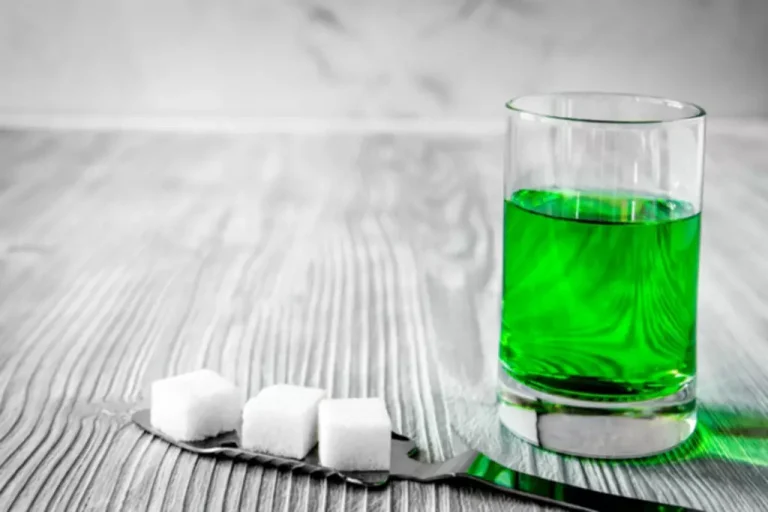There are five different types of alcoholics identified in research, each unique alcohol abuse characteristics and implications on an individual’s health. By understanding the varied landscapes of AUD, professionals can better address the specific needs of each subgroup, paving the way for more effective alcoholism treatment approaches. The young adult subtype is the largest of the groups accounting for 31.5% of alcoholics. Individuals within this group are typically in their early twenties and develop alcohol dependence around 19 years old. They don’t drink as often as other subtypes, but they do have high rates of binge drinking.

Young Adult Subtype
The effort to maintain a normal facade increases stress and can lead to serious health and professional repercussions. Intervention strategies must be sensitive, focusing on the individual’s well-being and the improvement that can come from sobriety. The Recovery Village Atlanta provides robust treatment for those struggling with alcohol misuse. Our facility offers residential, partial hospitalization, intensive outpatient and medical detox programming.

Why was fatty liver disease renamed steatotic liver disease?
About 17 percent of functional alcoholics have ever sought help for their alcohol dependence. They typically participate in 12-Step groups or are treated by private healthcare professionals. Additionally, young antisocial alcoholics have a high probability of having other substance use disorders. About three-quarters 5 types of alcoholics of them are regular smokers, and 66 percent meet the marijuana abuse/dependence criteria. Many also have a high probability of cocaine use disorder and opioid use disorder. Chronic Severe Alcoholics exhibit a high level of addiction severity, with their alcohol use deeply ingrained in their daily lives.
The Past as Prologue: Whither Typology Theory?
Around one-third of young antisocial alcoholics will seek treatment for problematic drinking. Young adult alcoholics are the biggest subtype of alcoholics in the United States. These drinkers are about 24 years old, and their alcohol dependence started relatively early, around the age of 19.
The third of the five different types of alcoholics accounts for approximately 19% of those who have a dependency on alcohol in the U.S. By contrast; these tend to be adults who are working and who are usually in their mid-years. They often do not consider drinking to be a problem and are often in denial.
Outpatient treatment is less intensive than inpatient treatment but still effective for some people with AUD. It typically includes individual and group counseling and medication-assisted therapy like naltrexone (Vivitrol). Treatment typically includes individual and group counseling, medication, and other therapies. To achieve sobriety, he says, treatment must focus on “complete abstinence and elimination of other forms of substance abuse and also mainstreaming their behaviors” so they function better in society. “Early detection is key, before people develop advanced liver scarring and to help reverse any damage,” said Doctor Kushala Abeysekera, from the Bristol Doctoral College at the University of Bristol.
Many people with alcohol use disorder hesitate to get treatment because they don’t recognize that they have a problem. An intervention from loved ones can help some people recognize and accept that they need professional help. If you’re concerned about someone who drinks too much, ask a professional experienced in alcohol treatment for advice on how to approach that person.

- The first step to creating a better life for yourself is getting professional help.
- Among the five subtypes of alcohol addiction, this group has the highest rates of co-occurring mental health disorders, which can include depression, bipolar disorder and anxiety disorder.
- According to the study, they have five or more alcoholic beverages on 73% of the days that they drink.
Younger individuals may be more amenable to group treatment even if they are in earlier contemplation stages. Across all subtypes, people who suffer from comorbid anxiety, trauma, or mood disorders benefit from an integrated approach to treatment. Many later-onset issues with alcohol are related to psychosocial factors that must be a focus of treatment. Alcohol Use Disorder is a medical disorder defined by the inability to stop or control the use of alcohol despite adverse consequences.
Getting Help for Alcoholism
- Categorization of alcohol dependency enabled consideration of those who were type 1 alcoholic, or, social triggers as well as alcoholic personality types.
- Seeking treatment poses significant challenges for Young Antisocial Alcoholics due to their distrust of authority figures and reluctance to conform to structured rehabilitation programs.
- Only 17% of functional alcoholics have ever sought help for their alcohol dependence.
- Rehabilitation programs are an excellent treatment option for people with severe symptoms of the condition.
- People with alcohol use disorder will continue to drink even when drinking causes negative consequences, like losing a job or destroying relationships with people they love.
- You can prevent the damage from worsening and, in some cases, reverse early liver damage.
Environmental factors such as stress, trauma, and peer pressure can also play a significant role in the development of addiction. Thankfully, there are many resources available for young adult alcoholics who are ready to seek help. From support groups and counseling services to inpatient treatment programs, there are many different options to choose from. If you or someone you know is struggling with alcohol use, don’t hesitate to reach out for help. Many of those in the grips of alcoholism choose not to seek help, but it doesn’t have to be that way.


